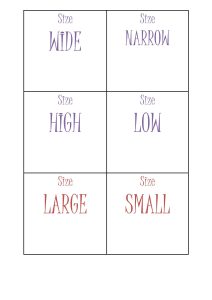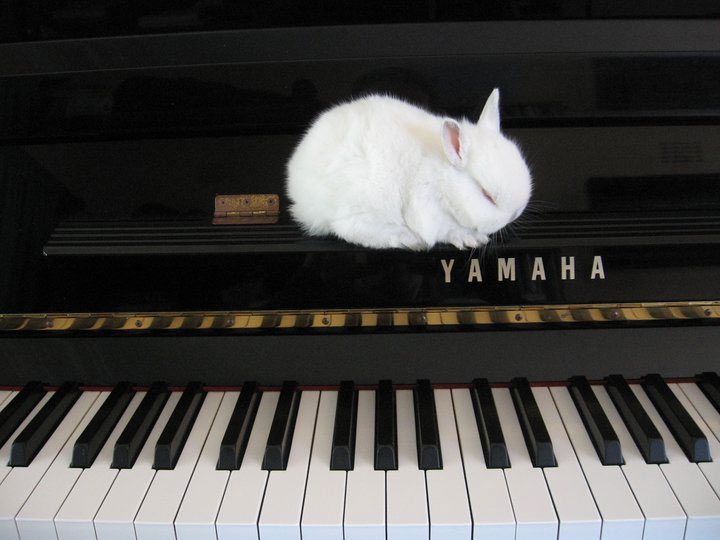
Ever had a student who is just really stiff? Stands there and looks incredibly uncomfortable whilst holding the violin? This is a good activity to get them to loosen up. After all, we are encouraged to be relaxed when playing the violin to avoid injury so for those ‘stiff’ students, this is fantastic. I also like to relate it back to the way we play violin. We can make small movements with the bow for shorter notes, we can change the weight we put into our index finger on the bow to alter the dynamics, we obviously change direction of the bow with Up Bows and Down Bows, The tension in your bowing hand is altered too (I like to think mainly in the index finger when pressure is applies for dynamic reasons).
Ways to Walk
The student needs to walk around the room for this activity. You will need a large enough space to be able to do it. The student is only going to be walking around. There are many different ways to walk. I introduce the idea that any movement (in this case, the walk) can be changed in a number of different specific ways. As the students walk–Don’t stop! Keep walking!–through the space you have, I coach them through each of these changes. (“Okay, everyone, now let’s walk as HIGH, as tall, as we can! Now let’s see how LOW to the ground we can be and still walk–don’t cheat and crawl! Now everyone walk as WIDE as you can!” etc.)
Change the size of the movement. A movement can be made wider or narrower, higher or lower, deeper or shallower. You can make the walk wider or narrower by widening or narrowing the stance and swinging the arms further away or closer to the body. You can make the walk higher or lower by walking on tiptoe or slouching. You can even make the walk deeper by taking larger steps or swinging the arms further forward and back.
Change the time of the movement. A movement can be made slower or faster.
Change the weight of the movement. Demonstrate by walking how a movement can be light or heavy. (An angry schoolteacher may walk heavily; a ballet dancer may move lightly.)
Change the direction of the movement. A movement can be direct–moving to a specific point without veering off the path–or indirect–wandering aimlessly.
Change the tension of the movement. The muscles can be loose and relaxed or tense and constricted.
Change the focus of the movement. This one can be tricky, but it really is the difference between a confident looking performer and one who looks absolutely terrified to be out the front. Focus is basically the direction of the gaze, with usually a corresponding curve of the body ie they could walk around with one elbow ‘leading’ them, or a hip! (Think of the difference between a downcast person walking about staring at the floor and a proud, happy person striding about with his chin up.)
To print out It’s All About Movement cards, click here: It’s All About Movement cards
The two red ‘size’ cards are for younger students who may not understand ‘narrow’ or ‘wide’. They should know ‘large’ and ‘small’ (or will after this game).
